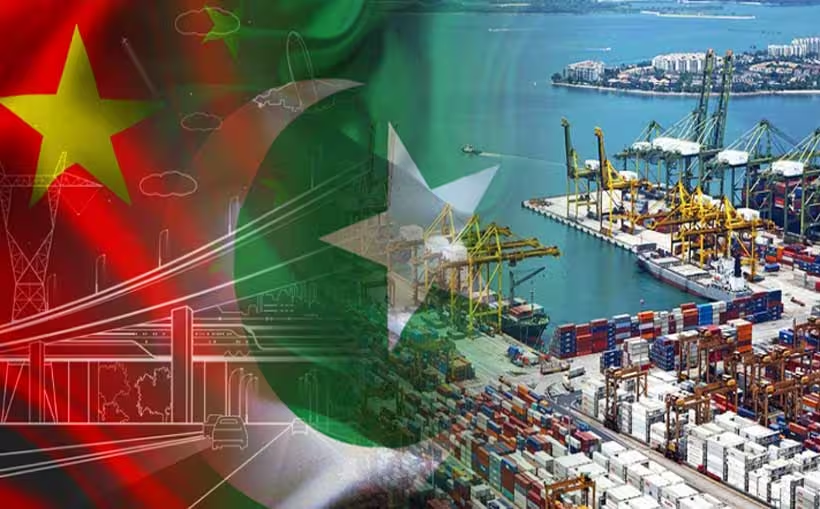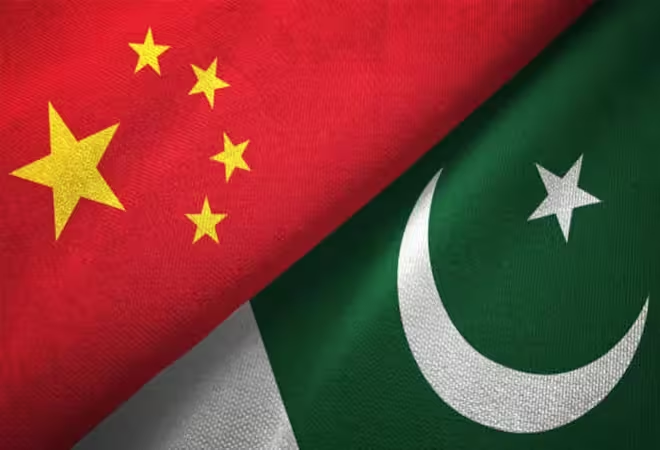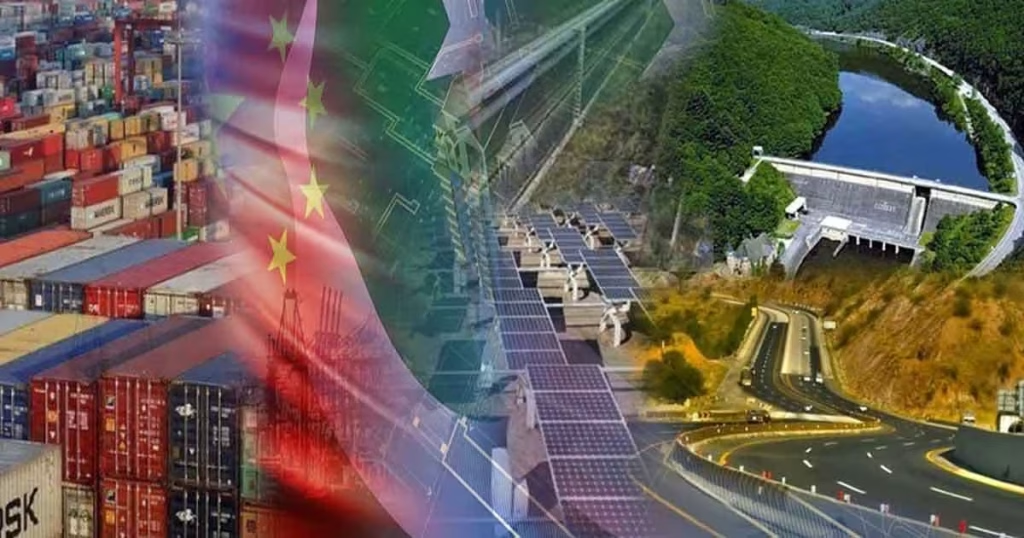Table of Contents
On Thursday, Pakistan and China reaffirmed their dedication to the deepening of their iron-clad strategic ties and pledged that the second phase of the China-Pakistan Economic Corridor (CPEC 2.0) was to be realized, including the establishment of five new corridors to improve connectivity, trade, and socio-economic cooperation.
This was pledged, during a warm and cordial meeting between prime minister Muhammad Shehbaz Sharif and the Chinese premier Li Qiang in Beijing. Such a wide spectrum of bilateral cooperation included economic reforms, infrastructure projects, investment opportunities, and people-to-people exchanges.
CPEC 2.0 Takes Center Stage
A highlight project of the Belt and Road initiative by China, the much-anticipated phase of China-Pakistan Economic Corridor (CPEC 2.0) was on centre stage during the discussions. Continuing the success of CPEC in the first decade that changed the energy and infrastructure landscape of Pakistan, both leaders concluded that the second phase will include five new corridors with a stronger focus on industrial development, agriculture, information technology, mineral exploration, and improved connectivity.
In his speech, Prime Minister Shehbaz Sharif emphasized that early completion of major initiatives like the upgradation of the Main Line-I (ML-I) railway, the realignment of the Karakoram Highway (KKH), and the full capability of the Gwadar Port were important to the long-term development of Pakistan. He emphasized that these projects on completion will boost trade among regions, employment will also be generated and the position of Pakistan as a trade hub in South Asia will be boosted.
Joint Action Plan 2024–2029 Signed
An important milestone achieved during the meeting was the signing of the Joint Action Plan 2024–2029, which will serve as a roadmap for deepening cooperation across various sectors. Both leaders termed the plan a crucial step in advancing their all-weather strategic cooperative partnership, a relationship often described as “higher than the Himalayas, deeper than the oceans, and sweeter than honey.”
Economic Reforms and Investment Opportunities
Prime Minister Shehbaz also informed his Chinese counterpart of the ongoing reform agenda in Pakistan, and that the tireless efforts of the government were already yielding good economic benefits. He has already owed numerous thanks to China who never fails to stand behind the Pakistan economy and has announced that Pakistan will issue Panda Bonds in the Chinese capital market to attract foreign capital.
He also emphasized the huge potential of B2B cooperation, referring to the B2B Investment Conference which had just occurred that very day in Beijing. More than 300 Pakistani and 500 Chinese companies participated in the conference and deliberated on opportunities in agriculture, mines and minerals, textiles, industrial development and information technology.
Global Vision and Shared Future
Reiterating Pakistan’s support for Chinese President Xi Jinping’s vision, Prime Minister Shehbaz endorsed China’s four landmark initiatives: the Global Development Initiative (GDI), the Global Security Initiative (GSI), the Global Governance Initiative, and the Global Civilization Initiative (GCI).
He emphasized that these initiatives reflect China’s commitment to multilateralism and inclusive growth, values that align with Pakistan’s aspirations for peace, prosperity, and sustainable development.
Diplomatic Milestones and Historical Ties
The two groups also projected the year 2026 when the 75th anniversary of the beginning of relations between Pakistan and China would be commemorated. Both leaders expressed confidence that the historic milestone will be marked with new achievements in economic cooperation, cultural exchanges, and people-to-people connectivity.
Prime Minister Shehbaz congratulated the Chinese leadership on successfully hosting the Shanghai Cooperation Organization (SCO) Summit in Tianjin and extended felicitations to China on the 80th anniversary of its victory during the War of Resistance and in the World Anti-Fascist War.
He also paid glowing tribute to China’s remarkable transformation under President Xi Jinping’s leadership, stating that Pakistan aspired to learn from China’s development model to uplift its economy and people.
MoUs and Cooperation Agreements
During the meeting, both leaders witnessed the signing of several Memorandums of Understanding (MoUs) and agreements aimed at strengthening cooperation in the fields of science and technology, IT, agriculture, media, and industrial development. These agreements are expected to accelerate progress under CPEC 2.0 and enhance bilateral collaboration in emerging sectors.
Delegation-level discussions were then succeeded by an official luncheon by premier Li Qiang to pay tribute to Prime Minister Shehbaz and his delegation as a sign of the warmth and richness of Pakistan-China friendship.
CPEC 2.0: A New Era of Growth
Analysts view CPEC 2.0 as a transformative step that will take Pakistan-China relations to new heights. Unlike the first phase, which primarily focused on infrastructure and energy, the new phase will drive industrialization, digital connectivity, and agricultural modernization.
The added five additional corridors reflect a comprehensive vision that is in tandem with the development priorities of Pakistan and the overall BRI objectives of China.during the War of Resistance and in the World Anti-Fascist War. Experts believe that the upgraded projects will not only boost Pakistan’s economic resilience but also enhance regional connectivity across South and Central Asia.
The Pakistan-China relations are as strong as steel, and the meeting between Shehbaz-Li Qiang has laid the foundations of the new phase of cooperation within the framework of CPEC 2.0. The signing of the Joint Action Plan 2024-2029, pledges to significant infrastructure developments, and increased collaboration in various sectors of cooperation have all indicated that both countries are eager to establish a stronger, more mutually beneficial relationship.
With Pakistan ready to mark 75 years of diplomatic relations with China next year, the US vision of a community with a shared future seems more alive than ever. A symbol of this everlasting friendship and a hope of an economic change in the region, CPEC 2.0 and its five new corridors are a bright star.




